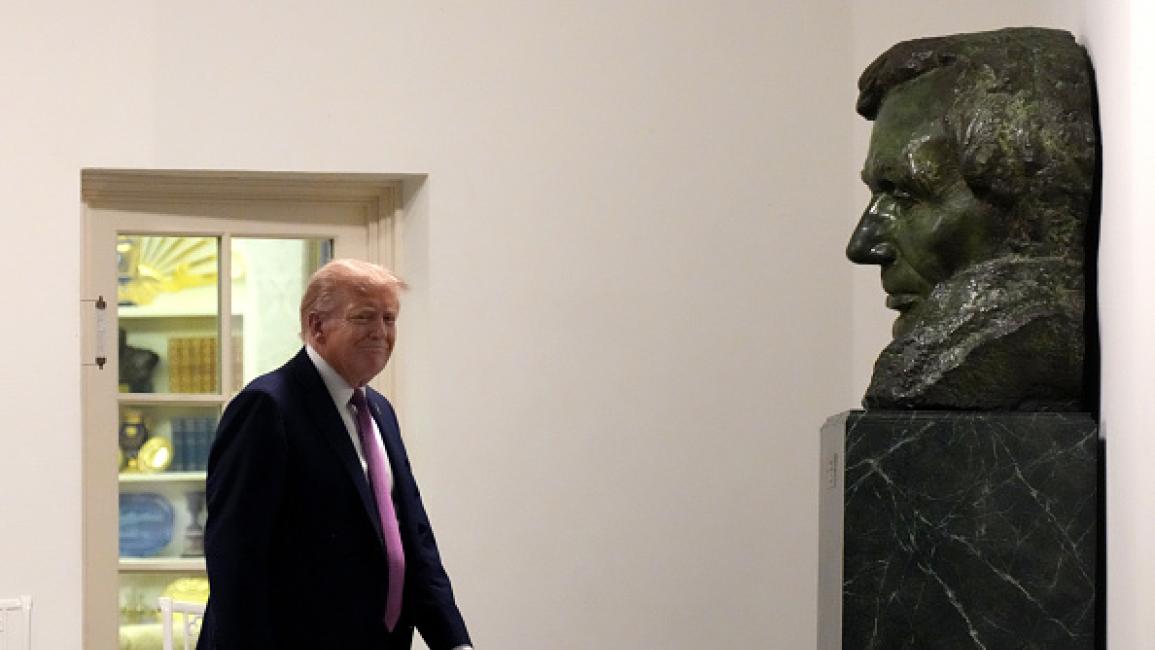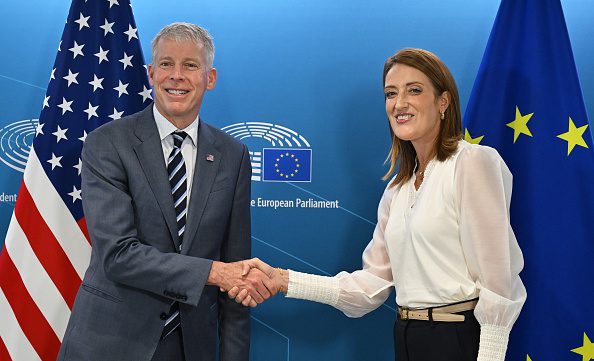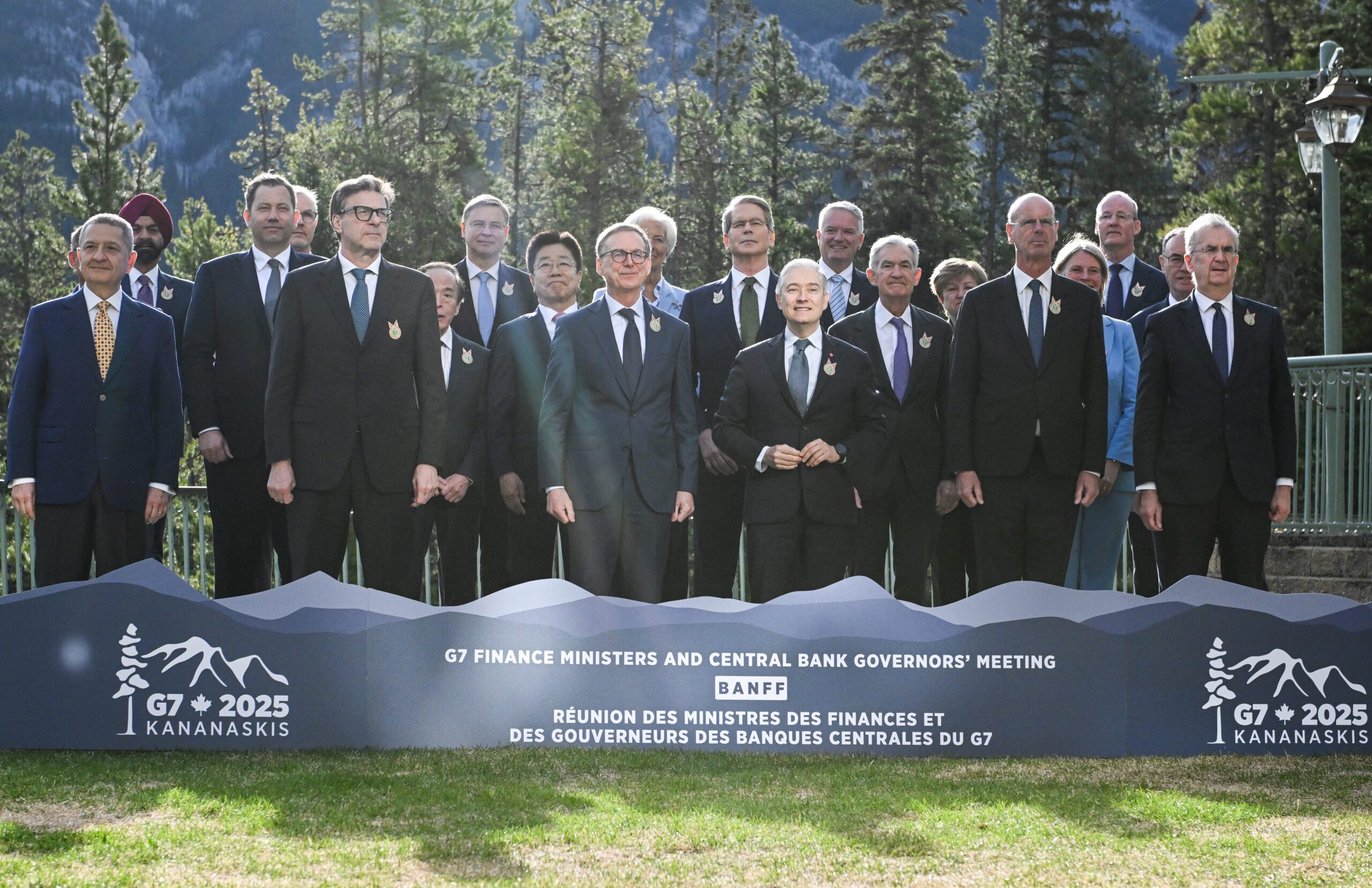Trade Talks Between Canada and Mexico Aim to Counter Trump’s Economic Pressure

Canada and Mexico are preparing for crucial trade talks next week in Mexico City. President Claudia Sheinbaum will host Canadian Prime Minister Mark Carney to coordinate strategies to protect their economies from potential U.S. tariffs. This initiative comes amid escalating tensions as former U.S. President Donald Trump threatens additional trade measures. The talks aim to create a united front that can negotiate effectively with Washington and maintain stability in North American trade relations. The latest details on these discussions can be found in this Canada-Mexico trade report.
The Impact of U.S. Tariffs on North America
Canada and Mexico, along with the United States, are members of the USMCA trade agreement. Trump has repeatedly criticized the pact, claiming it disadvantages the U.S., and has threatened steep tariffs to pressure both neighbors. While Mexico has largely avoided major punitive tariffs, Canada has faced duties as high as 35% on goods not covered under USMCA. These tariffs have hit key industries, including automotive, steel, and aluminum, causing thousands of job losses and disrupting established supply chains. Businesses in both countries have had to adjust their production plans, increasing uncertainty for investors. Full coverage of these developments is available
The tariffs have complicated trade flows, forcing companies to source components differently and rethink logistics strategies. Analysts warn that prolonged tensions could erode investor confidence, hinder growth, and slow down regional economic recovery.
Canada-Mexico Joint Response
In response, Canada imposed retaliatory tariffs on U.S. imports, later exempting goods under USMCA to keep negotiation channels open. President Sheinbaum confirmed that the discussions will cover ways to strengthen economic cooperation, particularly by promoting Canadian investments in Mexico’s mining, energy, and railway sectors. These areas are critical for attracting foreign investment, supporting sustainable development, and ensuring that both countries remain competitive globally. More insights on Mexico’s economic strategy can be read here.
The joint response also emphasizes coordinated messaging to the U.S., signaling that unilateral pressure may be counterproductive and that collaboration among neighbors strengthens negotiating power.
Diplomatic Preparations Ahead of the Summit
Canadian Foreign Minister Anita Anand and Finance Minister François-Philippe Champagne visited Mexico last month to prepare for the summit. Their visit underscores Canada’s commitment to a collaborative approach with Mexico before engaging in direct discussions with Washington. Experts suggest that aligning economic and diplomatic strategies will improve leverage against the U.S., making it more challenging for any single country to impose unilateral measures successfully. Full briefing details are available .
These preparations include technical discussions on tariff schedules, potential exemptions, and mechanisms to address trade disputes. By carefully coordinating, both nations aim to ensure that any agreement protects key sectors while maintaining flexibility to respond to unexpected U.S. actions.
Economic Stakes and Trade Volumes
Trade between Canada, Mexico, and the United States is critical for the North American economy. Canada is the U.S.’s second-largest trading partner, while Mexico has overtaken China to become the U.S.’s largest. The increase is mainly due to automotive exports and other manufactured goods, which have benefited from post-pandemic supply chain adjustments and the reshuffling of global trade patterns caused by the Ukraine conflict.
Carney’s visit is a dual signal: it seeks to build a strong economic alliance to counterbalance U.S. tariff threats and reassures international investors, who have been concerned about fluctuations in the Mexican peso and the stability of cross-border trade. More coverage is available
Trade analysts point out that the talks will influence investment decisions for years, particularly in industries like automotive manufacturing, metals, and energy. Effective coordination could lead to long-term contracts, new industrial projects, and increased regional economic resilience.
Political Considerations
The timing of the summit is critical as U.S. midterm elections approach. Outcomes in the U.S. could affect Trump’s trade stance and influence the North American economic landscape for years. A joint strategy between Canada and Mexico could mitigate disruptions, protect vital industries, and maintain investor confidence.
Political considerations also extend beyond tariffs. Migration, labor mobility, and border security remain central concerns, influencing both trade and diplomatic relations. By integrating these aspects into the economic dialogue, both governments aim to secure a comprehensive agreement that strengthens North American cooperation.
Sectoral Cooperation and Investment
The summit will likely explore strategies to encourage Canadian investment in key Mexican sectors:
-
Mining: Supporting exploration and production while ensuring sustainable practices.
-
Energy: Expanding cooperation in natural gas and renewable energy projects.
-
Railways: Enhancing transport infrastructure to improve logistics efficiency.
Investing in these areas ensures that both countries benefit from regional growth and reinforces the strategic importance of North America in global markets. Focused investments could reduce vulnerability to future U.S. trade pressures.
Market and Investor Reactions
Financial markets are closely watching the talks. Businesses are eager for clear guidance on potential tariffs and exemptions, while investors seek reassurance that cross-border trade will remain stable. Positive outcomes could lead to increased capital inflows and renewed confidence in supply chains. Conversely, failure to align strategies may prolong uncertainty and risk market volatility.
Economic analysts believe these discussions will also affect bilateral negotiations with other countries, including China, by demonstrating that North America can coordinate policies effectively and protect shared interests.
Conclusion
The Canada-Mexico summit represents a strategic step in defending North American trade from external pressures. By aligning policies, strengthening economic ties, and promoting targeted investments, both nations aim to safeguard their economies and ensure long-term stability. The success of this initiative will influence trade negotiations, investor confidence, and the broader geopolitical landscape in the months ahead.
Summary: Canada and Mexico are coordinating closely to counter U.S. tariff threats, focusing on trade talks in Mexico City, sectoral investments, and political leverage. The summit highlights the importance of regional cooperation and long-term economic resilience. This article is for informational purposes and reflects ongoing developments.




